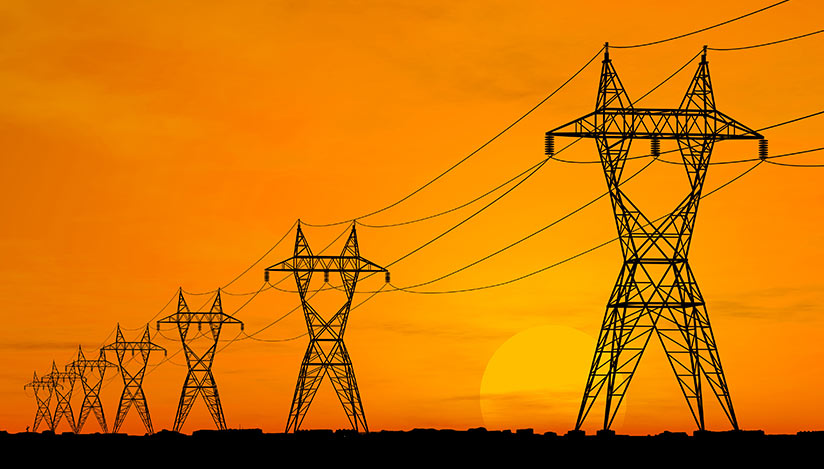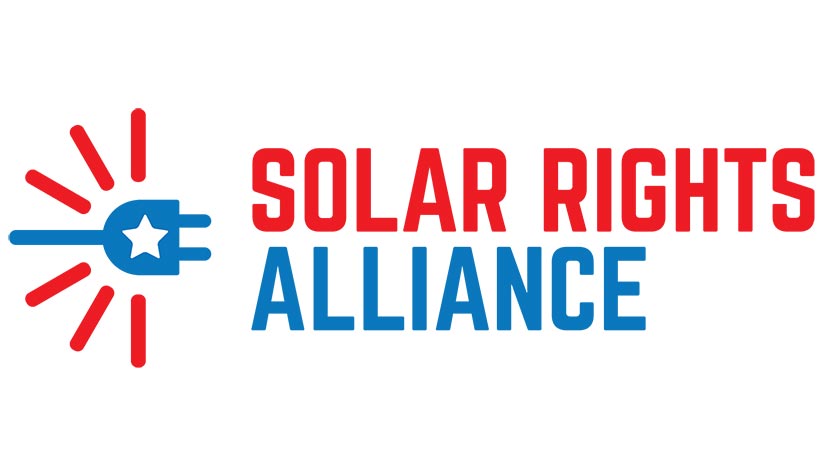
One of the most common questions we hear from customers is, “Who makes the best solar panels?” The manufacturers they typically ask about, such as Panasonic and LG, are often the same ones who made their television or washing machine. However, the manufacturer we recommend most often is one that most of our customers don’t recognize: SunPower.
There’s a reason why you may not know that name—the only thing they do is make solar power equipment. And there’s a reason why SunPower is almost always our first choice when it comes to solar power.
SunPower—and its founder Richard Swanson—are a big part of the reason why solar panels are practical and affordable.
Solar panels are not a recent innovation. In fact, the first patent for what we would now recognize as a solar cell was awarded more than 130 years ago. By the 1950s, solar cells were being used in a variety of commercial applications, as well as on satellites. But they incredibly expensive and inefficient, costing more than $16,500 per watt in today’s dollars. At that rate, a modest-sized residential solar power with a capacity of 5 kilowatts (5,000 watts) would cost $83 million.
This was obviously a bit steep for most people. Research in the 1950s and ‘60s improved the efficiency of solar panels and pushed down the manufacturing costs, but they were still extremely expensive. Ironically, it was research by Exxon in the early 1970s—spurred on by rising oil prices—that resulted in the first drastic improvement in solar cell costs. But they were still very costly—about $130 per watt in today’s dollars, meaning a 5-kW system would cost $650,000.
Around this time, an engineer named Richard Swanson earned his Ph.D in electrical engineering and joined the faculty of Stanford University—California’s foremost private university, with a list of alumni that includes presidents, countless company founders, and more than a dozen astronauts—as a solar power researcher. His goal was to improve solar cell manufacturing techniques. By the 1980s, his work proved promising enough to earn funding from the Department of Energy. He and a colleague named Richard Crane founded EOS Electric Power, which in 1988 was renamed SunPower. Since its founding, SunPower’s headquarters have been located in San Jose, California.
After years of experimental work on behalf of private corporations and NASA, SunPower’s focus shifted to consumer-grade products, and revolutionized the solar panel industry. In a 2013 lecture at Stanford, Swanson explained that in 2000, he decided to take the extremely high efficiency panels he had developed and adapt them for lower-cost, large-volume manufacturing processes. After spending two decades making better solar panels, he wanted to make cheaper solar panels that the public could afford. In 2004, the company’s first manufacturing facility started operations. Within a decade, the company’s value increased from a few billion dollars to nearly 5 billion dollars.
SunPower’s solar panels are considered the best on the market because of the ratio of their quality versus their cost.
Just about every solar panel company has had to focus on cost as their primary concern, because they were consumer brands that had to make affordable products from day one. This meant starting with relatively low-grade solar panels. As consumers have come to demand more from their solar panel systems, these companies have had to develop ways to make them more effective.
The reason that Richard Swanson’s little experimental solar panel company increased in value by 1,000 times in the space of 15 years is because of SunPower’s unique path in the solar panel industry. The company spent decades developing hyper-effective solar panels that could be used to power a car across Australia years before the first fully electric cars hit the market. They developed panels that could push an unmanned aircraft 96,000 feet into the sky.
Then, SunPower spent a decade making their panels cheaper. The solar panels that resulted from these efforts are widely considered to be the best consumer-grade solar panels on the market, because:
- Their X-Series panels top out at 22.8% efficiency, the best in the industry
- Their panels are more resistant to heat-related inefficiency than just about any on the market
- Real-world testing has shown that the energy production of SunPower’s panels degrades at a fifth the rate of other panels.
- They guarantee that their panels will retain a power output of at least 92% after 25 years of use.
- SunPower’s products have a 25-year warranty, the best warranty in the industry, which covers repair and replacement of defective equipment.
For more than a decade, SunPower has been bringing solar power to newly constructed California homes.
In 2017, new laws went into effect requiring every new home build in the state of California to comply with stringent energy codes for insulation and energy efficiency. And the state didn’t stop there—beginning in 2020, the state will require homebuilders to build homes with integrated rooftop solar panel systems, or to create shared community solar power systems.
But SunPower has long anticipated that California and other states with increasingly burdened energy infrastructure would compel homebuilders to embrace solar power. Since 2005, SunPower has partnered directly with homebuilders all across the country. As of mid-2017, the company has assisted in the construction of more than 25,000 homes with integrated solar power systems, working with 10 of the nation’s 13 largest builders. More than 2,000 of those homes have been built by a single Northern California builder, Richmond American Homes, right here in our own backyard.
In addition, in 2007 the California Energy Commission launched the New Solar Homes Partnership (NSHP). Designed to help home builders prepare for California’s energy efficiency goals, the program offers builders incentives to build solar power-equipped homes. Of the 27,000 solar system-equipped homes built by installers participating in the program, SunPower has assisted with nearly half of them.
That’s why we’re passionate about SunPower’s products: because they are even more passionate about them. Capital City Solar installs panels made by a variety of manufacturers, but nobody else in the solar power industry puts so much effort into improving their products and pushing for the widespread adoption of solar power. This passion is plainly obvious in the quality of SunPower’s products. That’s why our first recommendation to each and every customer we work with is to choose SunPower solar power systems.







